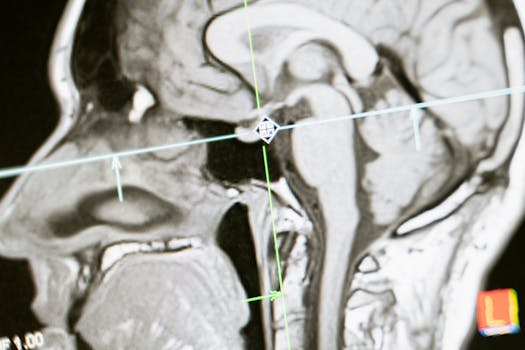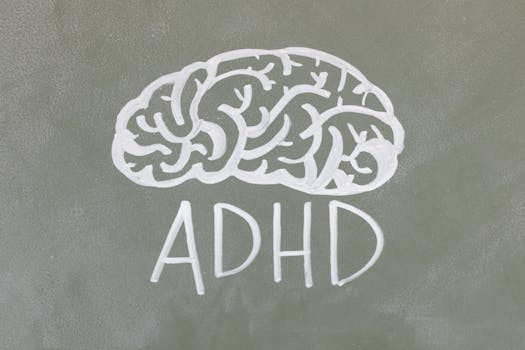
Introduction to the Brain’s Complexity

The human brain is often referred to as the final frontier of biology. Despite immense progress in neuroscience, many aspects of the brain remain a mystery. Understanding how this remarkable organ functions is critical for advancing medicine and improving mental health outcomes. With advancements in neuroimaging and neurology, we are starting to glimpse the incredible intricacies of our minds.
Neurons and Brain Connectivity

At the heart of the brain’s function are neurons—approximately 86 billion of them working in concert. Neurons communicate through synaptic connections, leading to complex networks that process information. Recent breakthroughs include the development of advanced imaging techniques, like diffusion tensor imaging (DTI), which allow scientists to visualize the brain’s neural pathways. Research has shown that these connections not only transmit signals but may also vector the flow of emotions and behavior.
Neuroplasticity: The Brain’s Adaptability

One of the most fascinating aspects of the brain is its ability to adapt or change, known as neuroplasticity. This phenomenon occurs throughout life and involves significant with legs of structural adaptation—from learning a new skill to recovering from an injury. Understanding neuroplasticity has led to therapies that can improve cognitive function and restore movement through rehabilitation methods harnessing the brain’s plastic nature. A striking example is seen in stroke recovery, where patients relearn abilities by engaging different brain areas after the injury strikes a specific region.
Breakthroughs in Mental Health Treatment

Emerging studies are propelling new frontiers in mental health treatment. Techniques such as transcranial magnetic stimulation (TMS) and deep brain stimulation (DBS) have offered hope for managing conditions like depression and Parkinson’s disease. Additionally, the growing understanding of how neuroinflammation and gut health interact with brain function is adding new layers to psychiatry, influencing treatment protocols and preventive strategies. Moreover, psychedelic research has reignited discussions about their therapeutic potential, suggesting a radical shift in how we approach mental illness.
Future Directions in Neuroscience

The landscape of neuroscientific research is rapidly evolving. Innovations like optogenetics—the technique used to control neural activity with light—are opening new avenues for research. Collaborations with artificial intelligence and robotics present exciting possibilities for creating brain-computer interfaces. As we provisional our exploration of cognitive phenomena presents a landscape full of potential, these robust intersectional breakthroughs may eventually enhance our ability to replicate and understand consciousness.
Conclusion

As we continue to delve deeper into the complexities of the human brain, new insights and breakthroughs will redefine our understanding of neuroscience. From unraveling the mystery of emotions to helping those suffering from mental health disorders, the leaps being made in this field hold the promise of profound change. The ongoing journey to understand the human brain unceasingly brings awe and facts that serve not merely for academic wonderment but ultimately represent profound sociocultural paradigms revolving around mental health, learning, and wellbeing.





